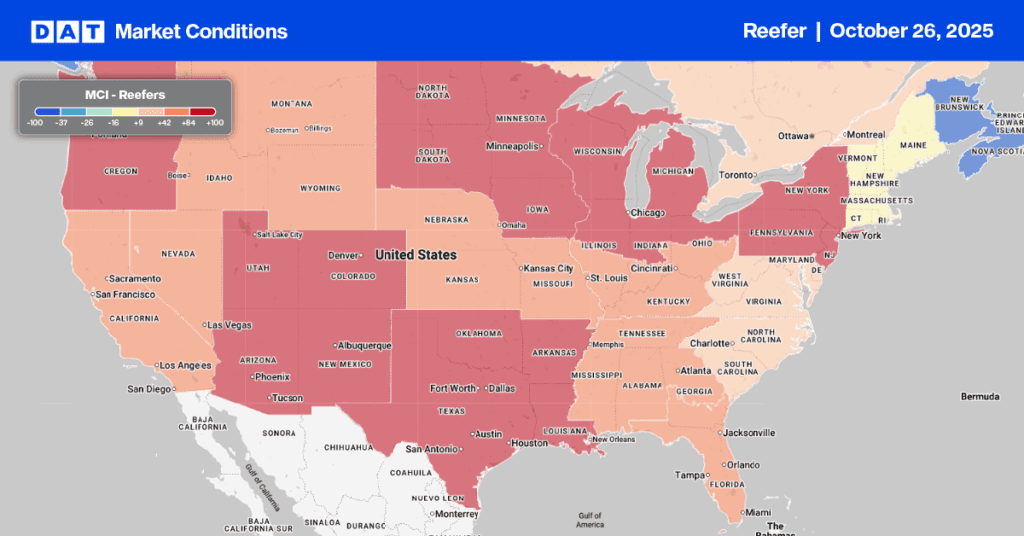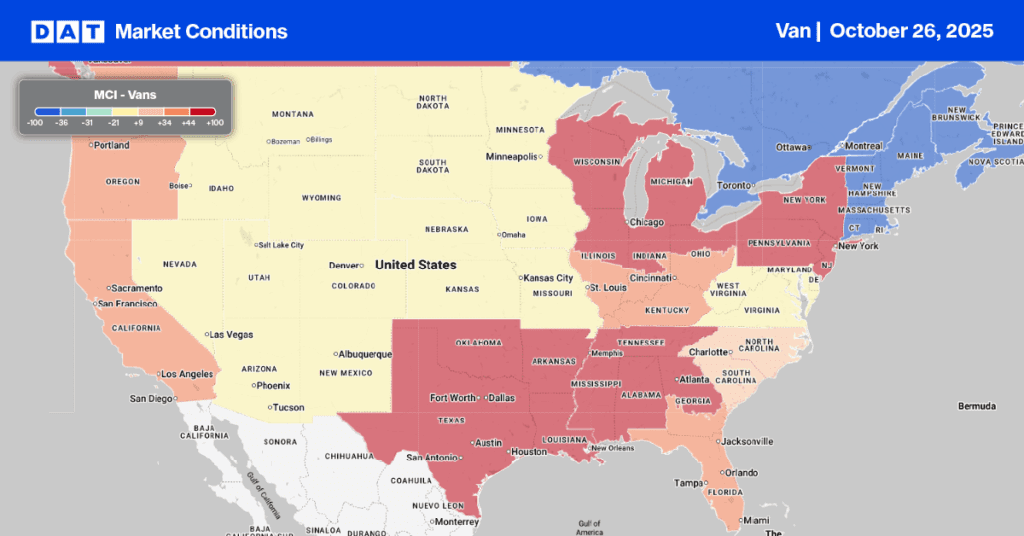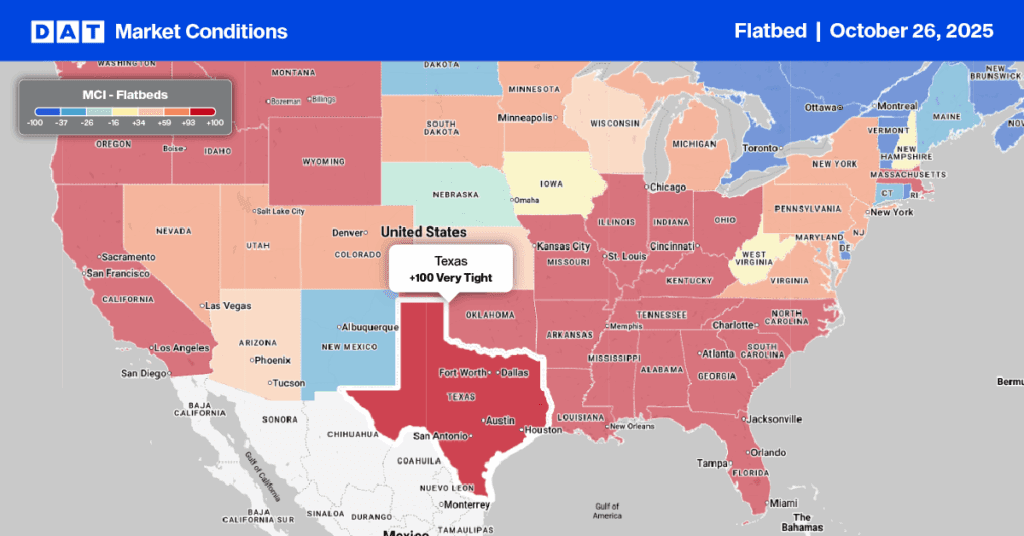Last December, The Federal Motor Carrier Safety Administration (FMCSA) and the Department of Transportation (DOT) announced plans to require every commercial motor vehicle (CMV) operating in interstate commerce to be equipped with electronic identification (ID) technology. This proposed technology could wirelessly communicate a unique ID number when queried by Federal or State motor carrier safety enforcement personnel.
In response to a petition for rulemaking from the Commercial Vehicle Safety Alliance (CVSA), FMCSA is considering such amendments to “improve the efficiency and effectiveness of the roadside inspection program by more fully enabling enforcement agencies to focus their efforts at high-risk carriers and drivers,” according to the advance notice of proposed rulemaking (ANPRM).
Tagereted Enforcement vs. Random Inspections
This is a familiar idea, but it was successfully implemented in Australia 25 years ago with a few differences. The overarching goal of the proposed regulation is to apply limited resources better and identify bad actors and unsafe carriers in a more targeted and less random way. The CVSA put forward a case whereby installing a universal electronic vehicle identifier requirement for commercial motor vehicles would dramatically improve the efficacy of the states’ roadside enforcement programs, designed to improve safety by removing unsafe drivers, vehicles, and motor carriers from our roadways.
Given the size of the motor carrier industry, jurisdictions need more resources to inspect every vehicle, driver, and motor carrier operating on our roadways regularly. Inspectors use information visible to them, such as the USDOT number or the license plate number, to identify a vehicle. Deploying the universal electronic vehicle identifier concept would automate and expedite this process, allowing inspectors to identify vehicles around them simultaneously. This will help inspectors determine which vehicle in their vicinity most needs an inspection and, in theory, allow more compliance and safer carriers to avoid random and often unnecessary inspection. That’s a substantial economic benefit for carriers.
CVSA Deputy Executive Director Adrienne Gildea said, “with current technologies, inspections are often kept to trucks passing by weigh stations and other inspection sites. She said that the technology would allow CVSA to focus more closely on trucks at a higher risk of violating safety standards. What could happen is a truck goes rolling by, an inspector runs that DOT number, waits for the information to come up, makes her evaluation, and in that time, other trucks have driven past that may have been a better target for an inspection.”
Lessons learned from the land down under
A Highway Patrol officer told me, “You can’t cure a mouse plague with a cat as your best cat will only catch five as the race buy – one under each foot and sitting on one. Us enforcement officers are like the cat as thousands of trucks race by each day.”
Rather than enforce heavy vehicle regulations roadside, 25 years ago, transport regulators in Australia introduced several programs and technologies to improve compliance but with one major difference. With a lot of guidance from truckers and the Australia Trucking Association (known as the Road Transport Forum), Regulators introduced self-accreditation programs for fatigue, mass, and maintenance management by making regulatory compliance economically affordable for carriers. It’s called TruckSafe and was referred to in the 2015 FAST Act.
This meant higher levels of compliance over and above what’s required by law gave carriers regulatory and financial benefits. This includes more flexibility with driving schedules and higher production levels, carrying more weight, or gaining better access in urban areas with multi-combination trailers.
Big brother on steroids.
At the same time, the New South Wales (NSW) government introduced the equivalent of unique truck identifiers on steroids known as Safe-T-Cam. The overhead thermal and digital cameras measure the elapsed time between camera locations for heavy vehicles and driver fatigue (based on rest stops or lack thereof). If a truck exceeds the average speed between points set by a passenger vehicle, a hefty fine turns up in the post. Safe-T-Cam is part of Australia’s wider heavy vehicle compliance program managed by the National Heavy Vehicle Regulator (NHVR).
Scale houses or weigh stations known Downunder as Heavy Vehicle Safety Stations (HVSS) do much more than just weigh trucks and check log books. The latest and most advanced technology is on full display as trucks pass the screening lane, checking for hours-of-service compliance, valid registration, driver’s licenses, outstanding defects, permit compliance, overloading, and load restraint.
Does it work, and what are the lessons learned for U.S. regulators?
Just like ELDs in the U.S. have yet to improve driver safety, the same has occurred in Australia despite some of the most advanced technology in the world. Carriers are more compliant, but they are not any safer. After all, you can be 100% compliant with hours-of-service regulations and sound asleep at the wheel at the same time.
More information on the FMCSA NPRM can be found here.


